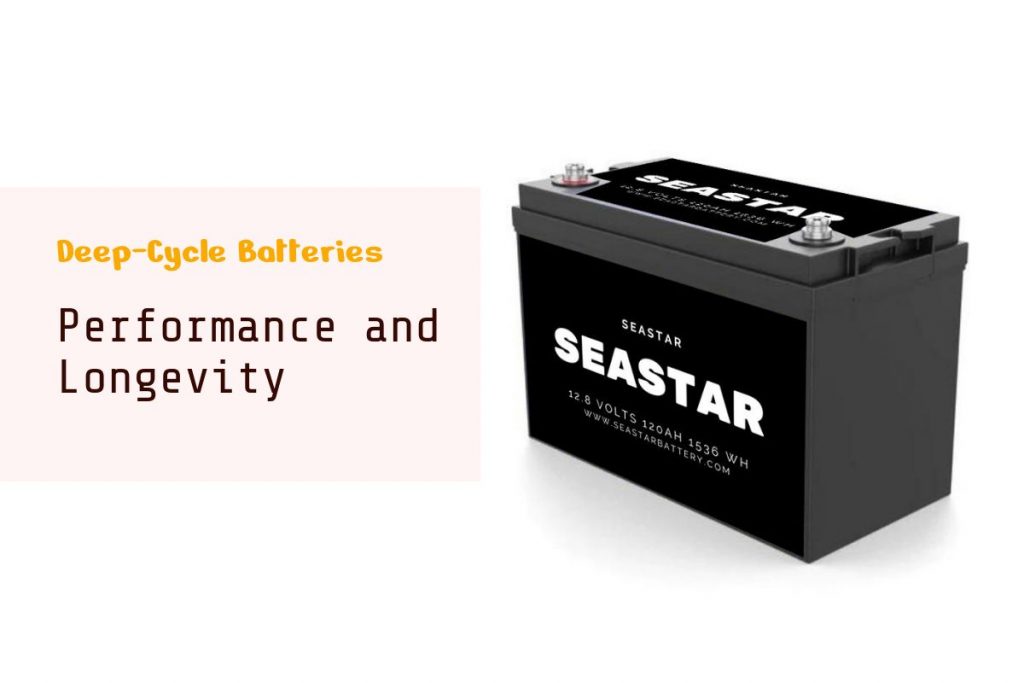Determining whether a deep-cycle battery has reached the end of its useful life can pose a challenging task. The answer to this question varies depending on the test standard used or the specific application in which the battery is employed.
In the battery industry, there exists a wide range of test standards tailored to different battery types and applications. Regardless of the chosen test standard, if a battery no longer meets the performance requirements necessary for your intended application, it can be considered to have reached the end of its useful life from your perspective.

However, it is important to note that the battery’s useful life may differ according to the manufacturer’s specifications or the industry’s engineering standards.
Cycle Life Testing Standards at various Rates and to various remaining capacities
According to the BCI Standard BCIS-06, a deep-cycle battery is typically considered to have reached the end of its life when it fails to deliver at least 50% of its original rated capacity during a test conducted at its 2-hour rated capacity while maintaining a voltage above 1.75 volts per cell (5.25 volts for a 6-volt battery or 10.5 volts for a 12-volt battery).
For instance, a golf cart battery used in golf carts would be deemed to have reached the end of its life if it cannot sustain a voltage of at least 1.75 volts per cell (5.25 volts) for 40 minutes under a 75-amp load.
Most official cycle life tests are conducted in laboratories under controlled conditions and temperatures.
As a quick rule of thumb that average users can follow, consider the following non-scientific test:
Ensure that the battery is fully charged to approximately 2.13 volts per cell (6.4 volts for a 6-volt battery or 12.8 volts for a 12-volt battery).
Apply a load using a carbon pile (preferably) or a resistive load tester capable of applying a significant load, around 3 to 4 times the battery’s Ampere-hour (AH) capacity or twice the reserve capacity rating.
The battery is still usable if it maintains a voltage above 9.6 volts for 30 seconds. However, it may not be capable of supporting the required runtime.
Choose Seastar Battery for Superior Deep-Cycle Battery Solutions